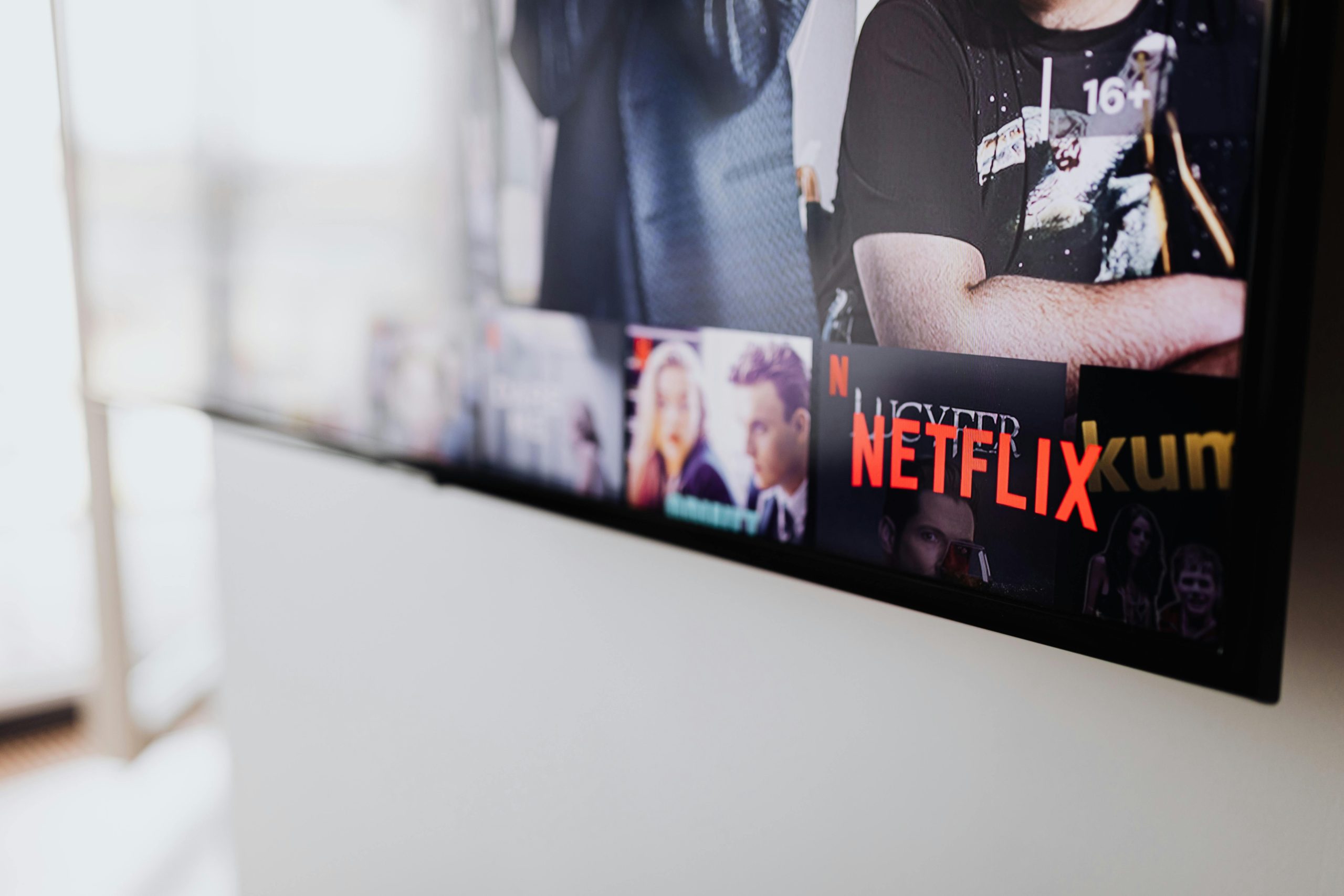Gone are the days when TV viewing meant flipping through channels at scheduled times. The rise of streaming platforms has revolutionized how we consume content, and at the heart of this transformation lies the power of algorithms. These complex mathematical models analyze our preferences, habits, and even moods to curate personalized viewing experiences. As streaming services continue to dominate the entertainment landscape, algorithms are reshaping not just what we watch but how we engage with television altogether.
The Rise of Algorithm-Driven Content Curation
Streaming platforms like Netflix, Amazon Prime, and Disney+ rely heavily on algorithms to recommend content tailored to individual users. These systems track every interaction—what you watch, how long you watch it, when you pause, and even what you skip. By analyzing this data, algorithms create detailed user profiles that predict what might keep viewers engaged.
For example, Netflix’s recommendation engine is estimated to save the company $1 billion annually by reducing subscriber churn. The algorithm doesn’t just suggest similar genres; it identifies micro-trends, such as a preference for a specific actor or director, to fine-tune suggestions. This level of personalization has made binge-watching a cultural phenomenon, as viewers are constantly fed content that aligns with their tastes.
How Algorithms Influence Content Creation
Beyond recommendations, algorithms are now shaping the very content being produced. Streaming platforms use data analytics to identify gaps in the market, predict trends, and greenlight shows with the highest potential for success. For instance, Netflix’s House of Cards was commissioned based on data showing that users enjoyed political dramas, Kevin Spacey’s films, and David Fincher’s directing style.
This data-driven approach has led to:
- Hyper-targeted genres (e.g., “quirky small-town crime dramas”)
- Shorter episode formats to accommodate mobile viewing
- Increased localization with region-specific content
While this has resulted in some groundbreaking hits, critics argue it may stifle creativity, as studios prioritize algorithmic appeal over artistic risk-taking.
The Dark Side of Algorithmic Recommendations
Despite their benefits, algorithms aren’t without flaws. One major concern is the echo chamber effect, where viewers are only exposed to content that reinforces their existing preferences. This limits diversity in viewing habits and can make it harder for niche or experimental content to gain traction.
Another issue is the potential for manipulation. Some platforms have been accused of prioritizing their own original content over third-party titles, regardless of user preferences. Additionally, algorithms can inadvertently promote harmful content if engagement metrics are prioritized over ethical considerations.
The Future of TV in an Algorithmic World
As artificial intelligence advances, algorithms will become even more sophisticated. Future developments may include:
- Real-time personalization: Adjusting recommendations based on mood or time of day.
- Interactive storytelling: Algorithms could dynamically alter plotlines based on viewer reactions.
- Cross-platform integration: Unified algorithms that suggest content across multiple streaming services.
However, as algorithms grow more powerful, questions about privacy and data security will become increasingly important. Striking a balance between personalization and user autonomy will be key to sustaining viewer trust.
Conclusion
The evolution of streaming content is inextricably linked to the rise of algorithms. From personalized recommendations to data-driven production decisions, these systems have fundamentally changed how we experience television. While they offer unparalleled convenience and engagement, they also raise important ethical and creative questions. As viewers, being aware of how algorithms shape our choices allows us to navigate this new era of TV with a critical eye—ensuring that technology enhances, rather than dictates, our entertainment experiences.
